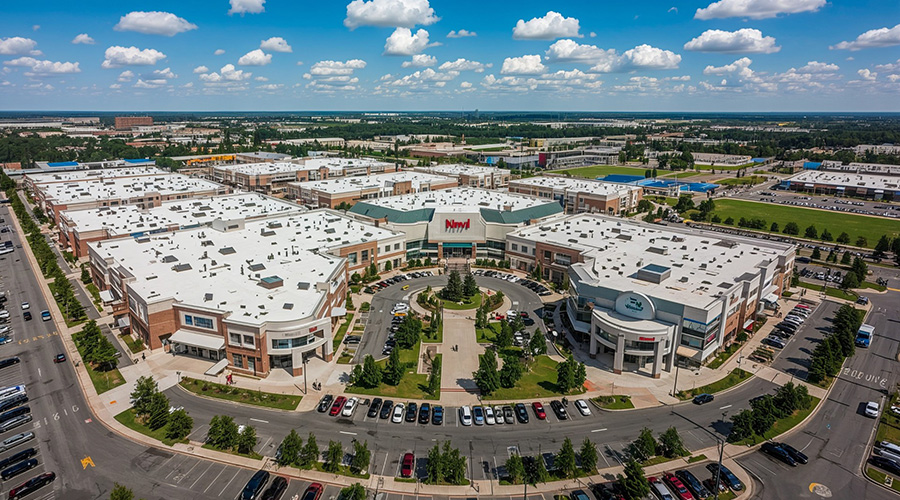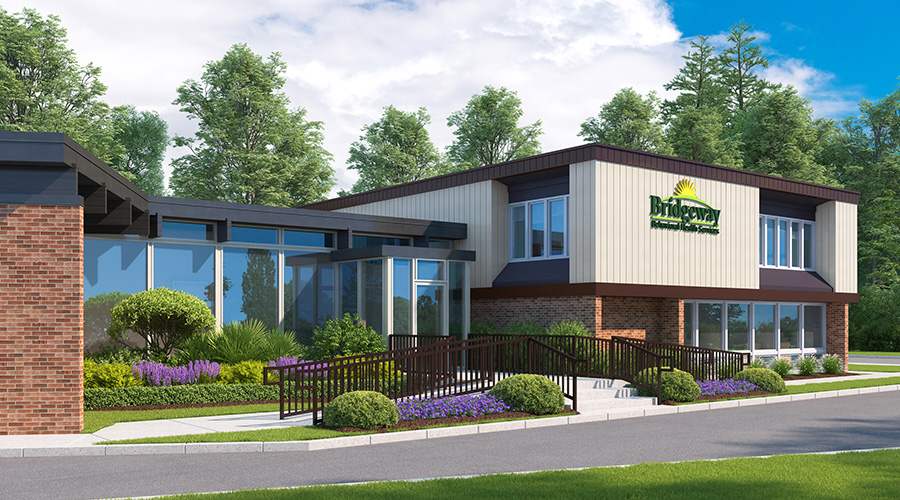As artificial intelligence (AI) becomes increasingly integrated into healthcare facilities, construction projects — whether new facilities, renovations or new specialized spaces such as AI research labs — must be carefully managed to align with the technological demands of healthcare organizations. Strategic planning is essential to meet the challenges these innovations present.
Effective strategic planning, alongside robust cost management and project management, are vital in aligning facility design and development with the ongoing adoption of AI. Healthcare facilities managers need to consider several factors to ensure infrastructure, operations and financial management can support the integration of new technologies.
Supporting infrastructure. Creating adaptable, future-proofed infrastructures capable of supporting advanced technologies – such as data centers and space for new robotic tools – can be particularly challenging in existing facilities due to space constraints. Addressing these needs while maintaining flexibility for future innovations requires thoughtful design.
The creation of scalable, secure and compliant facilities in this new AI era demands careful planning and the implementation of project controls. Financial monitoring to keep AI-related projects within budget while meeting all technical, regulatory and operational requirements is essential for the sustainable advancement of healthcare facilities. By focusing on these resources, managers can plan for current and future needs.
Flexible and scalable design. AI tools can predict bottlenecks, optimize resource use and suggest the most efficient care pathways. As a result, facility layouts must adapt to support AI-driven workflow management. From command centers and data hubs to systems and safeguards, managers must prepare for AI advances even at the earliest stages of development.
Through careful collaboration with healthcare planners and architects, managers can ensure spaces are delivered that support current needs and future technological advances without unnecessary delays or cost overruns. They can achieve these goals through flexible and future-ready design. Scalable designs go beyond the seamless integration of AI systems to encompass the updates and developments that inevitably will arise as technology evolves.
As interest in fully digital hospitals grows, AI will be central to the design development process. Development teams must ensure flexible spaces are being delivered that can accommodate future technological advances within budget limitations.
Digital twins. AI-powered digital twins enable managers to monitor ongoing facility performance, and they allow for the simulation of future changes or upgrades, which provides valuable insights for real-time management and future planning.
While potentially costly up front, digital twins offer returns on investment throughout the operational stage. For successful implementation, managers need to prioritize investments that achieve the greatest return on investment and apply robust budgetary control and effective project management.
Compliance and security. Healthcare organizations must comply with regulations such as those related to HIPAA and the General Data Protection Regulations, especially when dealing with AI systems that process sensitive patient data. This compliance requires secure physical spaces for servers, controlled access areas and compliance with industry-specific standards.
Integrating security and regulatory requirements from the start will help ensure that construction budgets cover the necessary upgrades without excess spending or delays.
Clinical workflows. AI tools also need seamless integration into healthcare workflows, from diagnostics to treatment, and not just into new facility design. Effective communication and comprehensive staff training that addresses staff concerns and helps adapt new technologies to workflows are essential to ensure smooth transitions.
Minimizing disruption to patient care during AI system installations is paramount and requires detailed alignment of construction schedules with operational needs and a holistic change management plan.
Training and collaboration. Staff must be trained to interact with and benefit from AI systems. Achieving this goal requires dedicated training spaces, simulation rooms and areas that encourage collaboration between AI specialists and healthcare providers. Planning for these spaces from the outset ensures that training and collaboration zones are built efficiently and on budget while maximizing their long-term utility.
Preparing healthcare facilities for AI involves balancing technological, operational and financial considerations. These facilities need strategic and delivery expertise to develop infrastructures that meet the needs of AI systems and provide future flexibility without unnecessary expenditures.
The future of healthcare organizations lies in environments that seamlessly integrate AI, enhance patient care, improve operational efficiency and ensure long-term sustainability. These spaces will foster innovation and propel healthcare into an era of technological integration and enhanced patient outcomes.
Ultimately, the key to ensuring these long-term capabilities is effective planning, strong project management and a commitment to balancing infrastructure, operations and financial management, all while putting patient care and experience at the forefront.
Helen Pickering is global head of healthcare at Currie & Brown.

 Healthcare Is the New Retail
Healthcare Is the New Retail Bridgeway Behavioral Health Services Launches Campaign to Renovate Health Center
Bridgeway Behavioral Health Services Launches Campaign to Renovate Health Center Ground Broken for New North Dakota State Hospital
Ground Broken for New North Dakota State Hospital AI Usage for Healthcare Facilities
AI Usage for Healthcare Facilities Ground Broken on Pelican Valley Senior Living Modernization Project
Ground Broken on Pelican Valley Senior Living Modernization Project